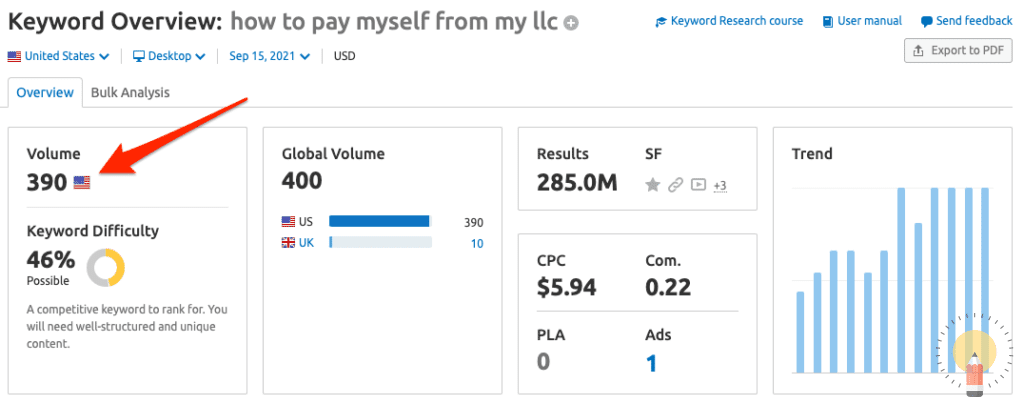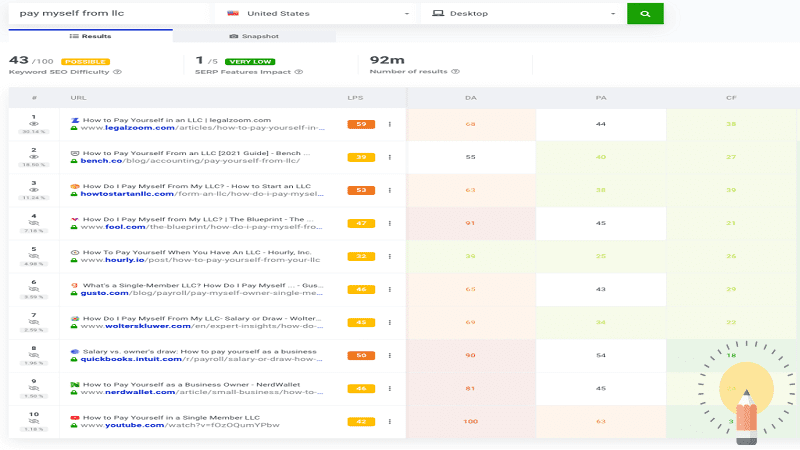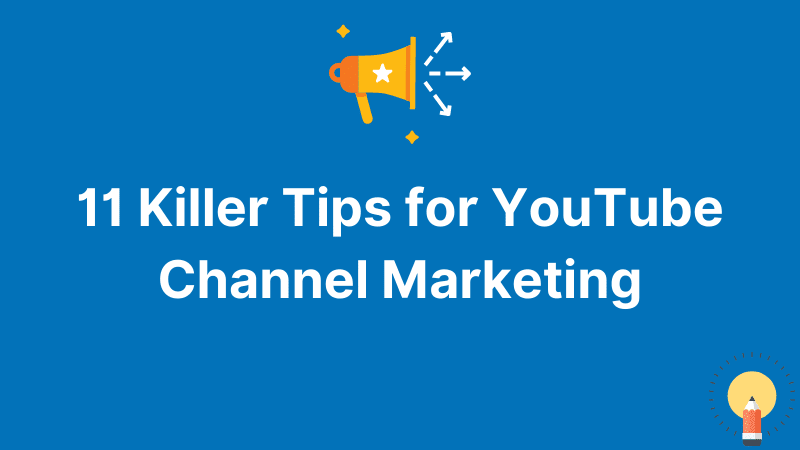SEO Content Writing for Newbies in 2024
Are you having trouble getting your web pages to rank in Google? Do you want to know how to write SEO content that will be picked up by search engines and boost organic growth?
You must have content that appears in search results and follows your target audience throughout their full buyer's journey.
It is also required to outrank the competitors and enter into a competitive market.
Without content, a contemporary company has little chance of connecting and engaging with prospective consumers.
But there's a snag: how can you create content that performs highly for relevant keywords?
That's exactly what you'll learn from this tutorial. In fact, after reading it, you'll know all there is to know about SEO content, and the only thing left for you to do is begin producing it.
How to Write SEO Content
If all of the ranking elements above teach you anything, it's that developing SEO content requires considerably more than just writing a blog post.
In fact, even if your content is so good that no one wants it to finish, you may still find it lingering on the outskirts of Google.
Why? Because in order to produce content that ranks, you must also concentrate on-page SEO elements, which you will learn about in this section.
I produce SEO stuff for a living, after all. My SEO content marketing firm focuses on assisting SaaS firms in increasing their search exposure via content.
What you're going to read is our very own SEO content creation framework. This is how we do it for customers, and it is also how we propose you do it.
1. Evaluate the Search Potential
When contemplating generating SEO content, there is one thing you should ask...
Is my topic or content searchable enough to get organic traffic from Google?
To put it another way, do enough people search for this subject to justify your time and effort?
It's simple to think of the subject you came up with as engaging. After all, it was your idea. It's something you're aware of and wish to share. And, since the issue is related to your product, there's a good probability that your target audience would want to read about it as well, right?
Not always, to be sure.
Sometimes the themes that come to mind are ones that we'd want to discuss. But it doesn't mean there aren't those who want to hear what you have to say.
So, how do you assess your topic's traffic potential?
You begin by doing preliminary keyword research.
Keep in mind that you are not searching for new terms to target at this time. Your only purpose is to determine whether or not the subject has any search traffic at all.
Let's have a look at a simple example to demonstrate this.
Assume your SaaS assists clients in streamlining their accounting. That is, of course, what you want to write about in SEO content. You wish to specifically assist clients in understanding the process of paying themselves from their company.
A quick keyword search reveals that the issue has a high search traffic. Sure, it's not fantastic, but keep in mind that this is merely the subject keyword, not the sole term you'll rank for.
2. Analyze the Search Intent
The next step is to determine what information people are searching for, precisely when they type that and comparable phrases into Google.
That reason is referred to as user intent, and knowing it is one of the most critical aspects of producing SEO content. This is why.
When you think about it, Google has a lot on its plate. It must return the most relevant results for any given search query. This also implies that the search engine has failed if you have to go back and forth and adjust your query to acquire the desired results.
To avoid this, Google engineers work hard to make their algorithm comprehend why we seek for certain information and to match it with relevant pages in their index.
What's the bottom line? The search engine, on the other hand, will not rank any material that does not fit the user intent for the phrase. It's as easy as that.
How do you assess user intent?
The most basic method is to look at the search results for your chosen term.
(Note that in the example below, I'm utilizing specialized software that provides me with a variety of stats on each page.) To determine the purpose, just search for your phrase on Google and check at who is ranking.)
Examine the patterns in the findings and think about:
What sorts of material does Google put on the first page? Is this a collection of blog content, product pages, or commercial landing pages?
What kind of content format are those pages using? Complete List, how-to guides, ultimate guides, or even opinion pieces?
What is the most often used viewpoint for top-ranking content? Examine those title tags again, and attempt to figure out how these businesses place their information. Do they all use the same phrases to explain the data? Are they all aimed at the same demographic, such as beginners or expert users?
Then, to guarantee that your information matches the user purpose, utilize a comparable format, type, and perspective.
3. Conduct Additional Keyword Research
Most sites rank for many keywords.
The top-ranking website for the keyword we used in the example above, for example, ranks for nearly 370 keywords.
Of course, many of those words would be variants on the core keyword.
However, it never hurts to perform a little extra keyword research to find out what additional terms you may rank for.
4. Check Top Ranked content
The last step in preparing for writing is to determine what factors contributed to the top-ranking material landing on the first page.
Of course, some of this would be related to the authority, age, thematic authority, or quantity of external links connecting to such sites.
But there's more, and it's related to the user intent we described before.
So, your purpose for this stage is to determine how those pages fulfill the user intent.
Fortunately, this is a painless task.
Separately open the first five top-ranking sites in new tabs.
Take note of the word count on each page. You may do it manually by copying the information into a text editor and counting the words. You'll receive an exact length of the real material this way. Alternatively, you might utilize a browser plugin such as Detailed SEO. Keep in mind, however, that the extension will include typical page features such as navigation or sidebar content in the report, which will slightly increase the actual word count.
Read each article and make a note of any similar portions found on those pages. These frequent components are most likely the basis for your essay as well.
Examine how the individual information on those pages expands the topic. These parts may also be worth considering for your work.
Finally, consider what more you may bring to the table to improve your content across those pages.
The goal of the preceding method is to assist you in identifying the basis for your content as well as determining how you will outperform the top-ranking competitors.
With that information, you may proceed to the actual creation of the item.









